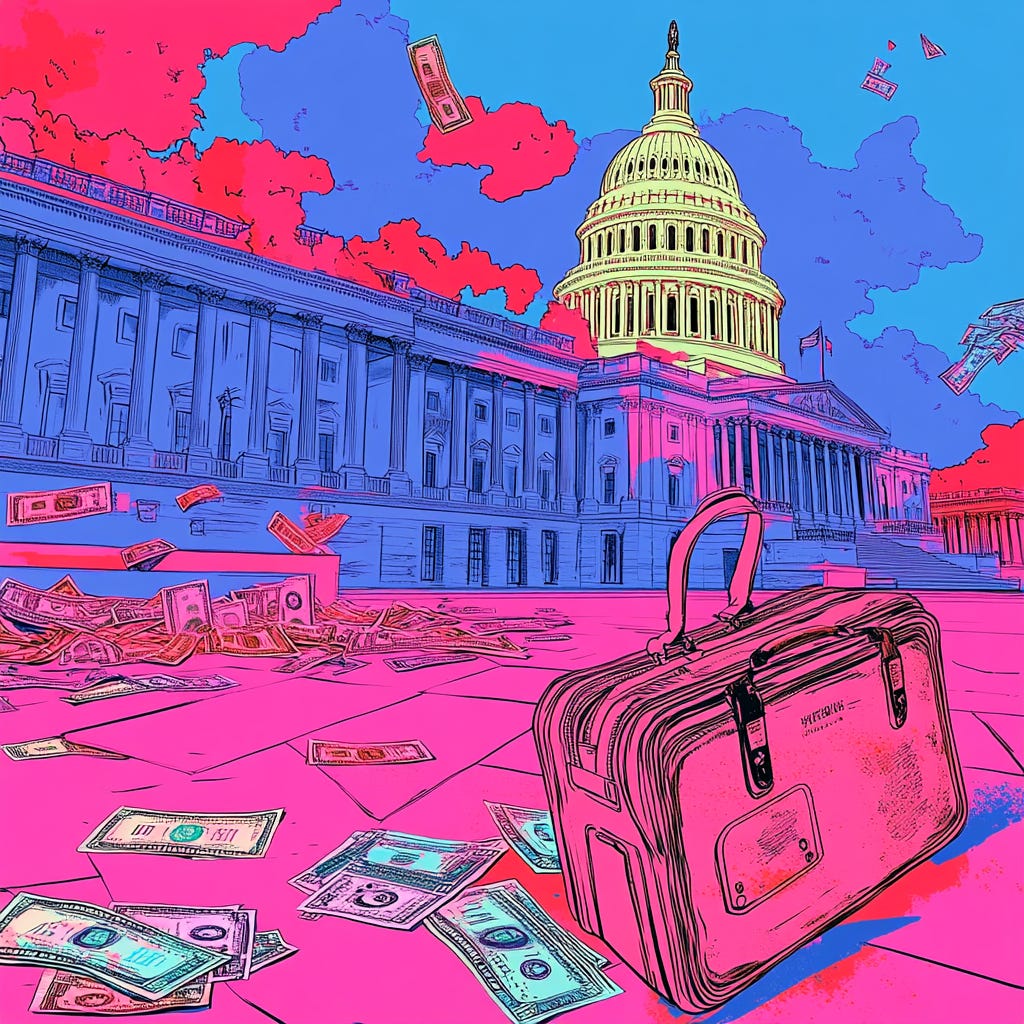Interest Group Analysis: Untangling The Web of Corruption Part 1
Breaking down the science of rabbit holes
All social conflicts involve interests. A person's interest is a vector of power; it is his attitude plus its strength towards producing effects. A social power is a social interest, that is, one oriented towards other selves. And social conflict is the opposition and balancing of such interests. - R.J. Rummel
In an increasingly sophisticated and tangled…




